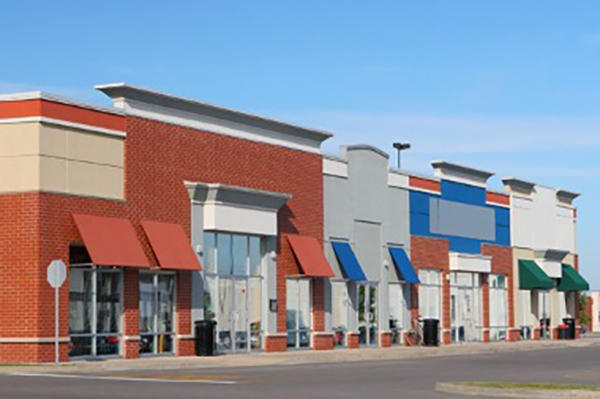South Florida’s CRE market has established itself as one of the strongest globally, offering consistent returns and a secure investment environment for both international and domestic investors. Currently ranked #8 in fiscal stability and economy nationwide by US News & World Report, Florida boasts a robust financial foundation that underpins the resilience of its CRE sector.
Amidst the challenges posed by the COVID-19 pandemic, South Florida’s CRE market has remained resilient, buoyed by strong population growth, favorable tax laws, and a continuous influx of visitors from around the world. The region’s appeal extends beyond its demographic trends, with a plethora of attractive real estate properties, diverse cultural offerings, and its status as a premier travel destination for national and international tourists.
Moreover, South Florida’s strategic location, offering direct transportation access by land, air, and sea, positions it as a central hub for international business, particularly with South America. This accessibility has attracted significant investments from global players in countries such as China, Canada, Germany, Singapore, Saudi Arabia, and Qatar, further enhancing the allure of South Florida’s commercial properties.
Below are the key highlights of South Florida’s CRE Market:
1. Economic Growth: Florida leads the nation in economic growth, with job growth outpacing the national average by three times. Factors such as robust job growth and a thriving venture capital industry contribute to Florida’s economic resilience.
2. Population & Business Growth: South Florida’s consistent population growth, coupled with flourishing business environments, positions the region as a prime location for commercial activity.
3. Competitive Workforce: Florida boasts a highly competitive workforce, renowned for its innovation and high-tech employment opportunities, making it an attractive destination for businesses.
4. Retail Market Growth: Florida’s retail industry, supported by population growth and tourism, offers abundant opportunities for investment and job creation.
5. Business Incentives: Florida’s business-friendly environment, marked by favorable tax policies and supportive infrastructure, continues to attract investors and entrepreneurs.
6. Foreign Investment: South Florida’s CRE market benefits from significant foreign investment, particularly from Latin American countries, contributing to its vibrancy and potential for growth.
7. High Yields: Compared to other global hubs, South Florida offers attractive yields on CRE investments, making it an appealing destination for investors worldwide.
Despite challenges posed by the COVID-19 pandemic, South Florida’s CRE market remains resilient, with a positive outlook fueled by consistent population growth, ongoing construction projects, and increasing tourism. As high-tax states like California and New York face migration challenges, Florida stands to benefit from capital and population inflows, further bolstering its CRE sector’s long-term prospects.
In conclusion, South Florida’s CRE market continues to be a beacon of opportunity, offering investors a stable and lucrative investment landscape amidst a dynamic global economy.
Article for reference: https://mmgequitypartners.com/south-florida-commercial-real-estate/










